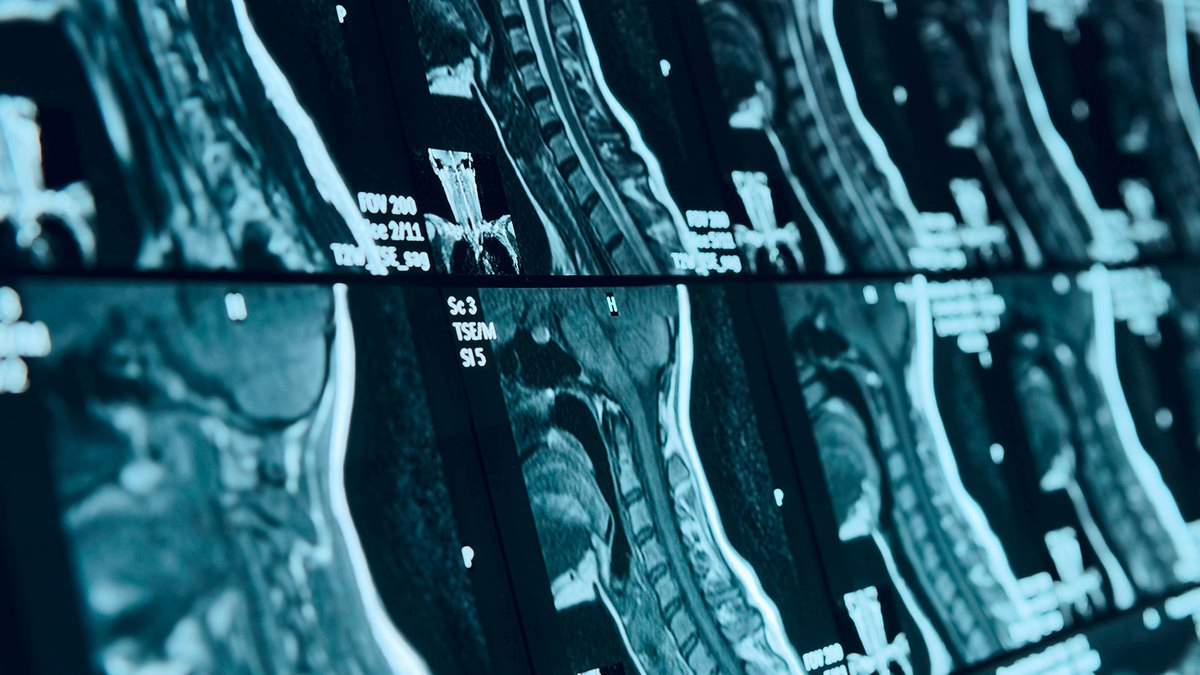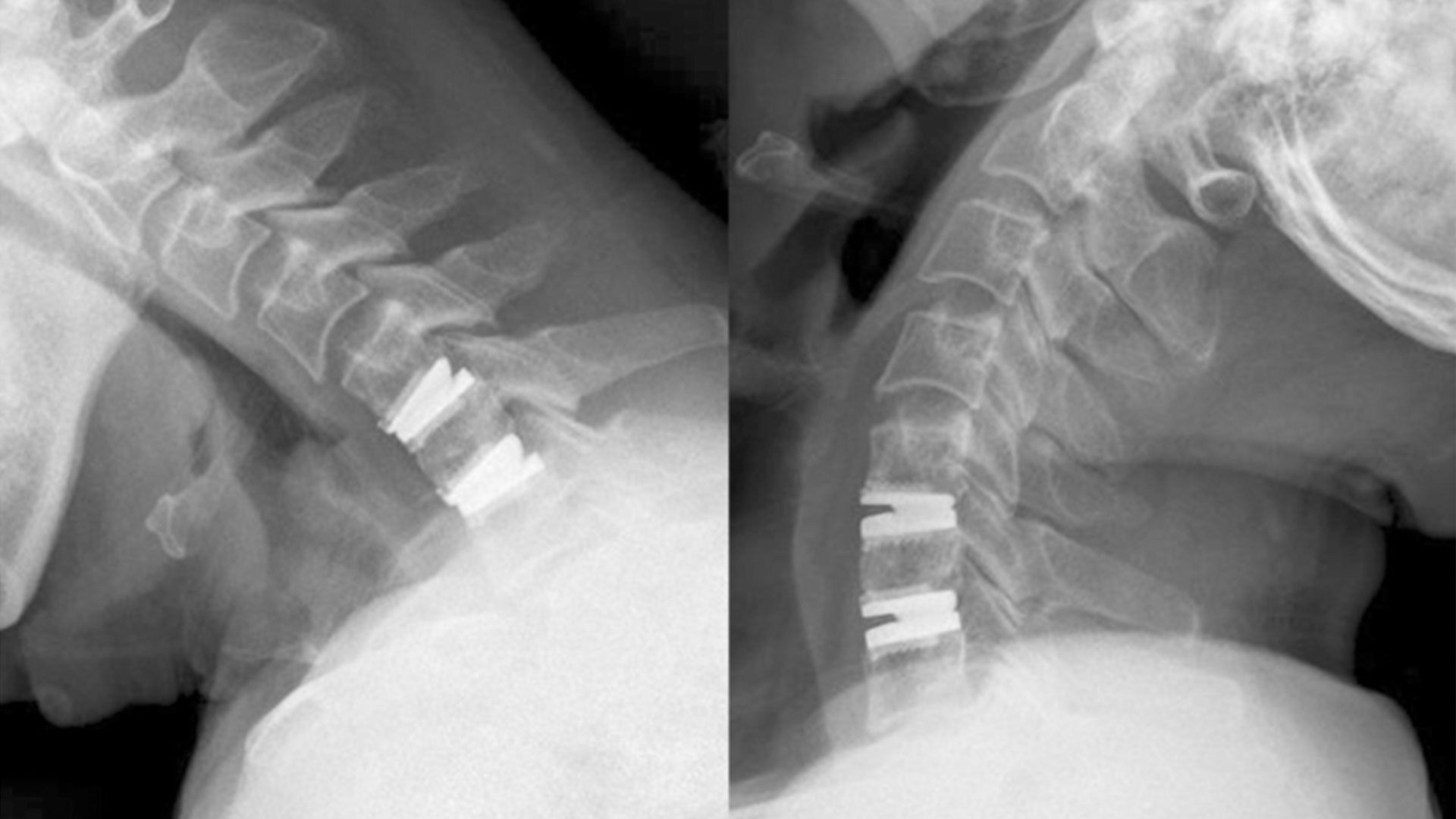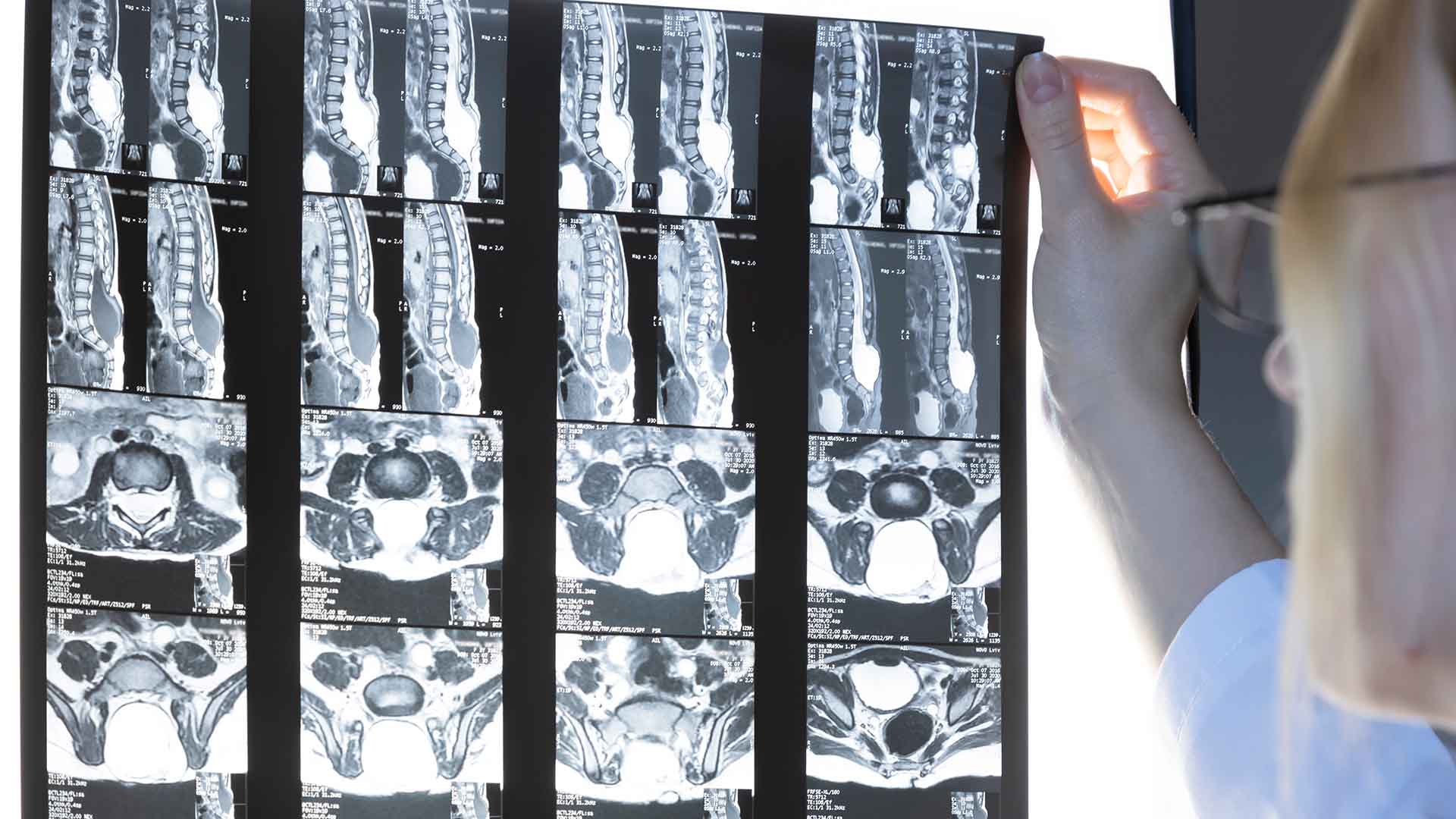
Cervical radiculopathy might seem like a complex term, but it’s essentially an issue with your neck that can lead to pain, weakness, or numbness due to pressure on your spine’s nerves. Let’s dive into how this condition is treated, from non-invasive methods to surgery, and see how you can improve your well-being.










